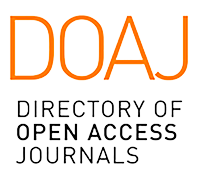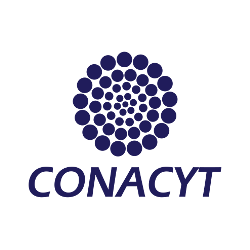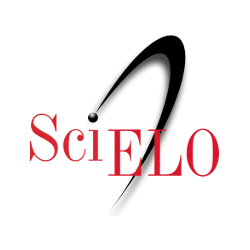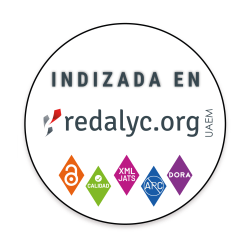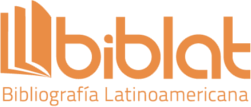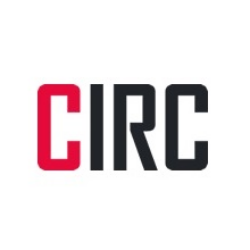Abstract
For many decades the various Meso-American cultures have been studied as
specific entities within precise geographical and temporal limits,
communication between the different cultures being a fairly recent area of
study. The present article deals with the relations between two such
cultures: Teotihuacán and the Maya (the latter being represented by the
particular case of the city of Bonampak). The article presents a hypothesis
suggested by certain ritual practices (especially the ball game), and the
different iconographic elements associated with representations of such
practices: these include the water-lily flower at Bonampak, symbolizing the
aquatic world, and the face of Tláloc at Teotihuacán which is also found in
numerous images from the central Maya zone as a symbol of nobility and
prestige. The author also detects the presence at Bonampak of the Maya sign
known as puh, which is associated with the same rituals; through a study of
the diffusion of this symbol, she explores the temporal and
calendar-related significance of the ritual practices connected with the
ball game.
Downloads
Download data is not yet available.
